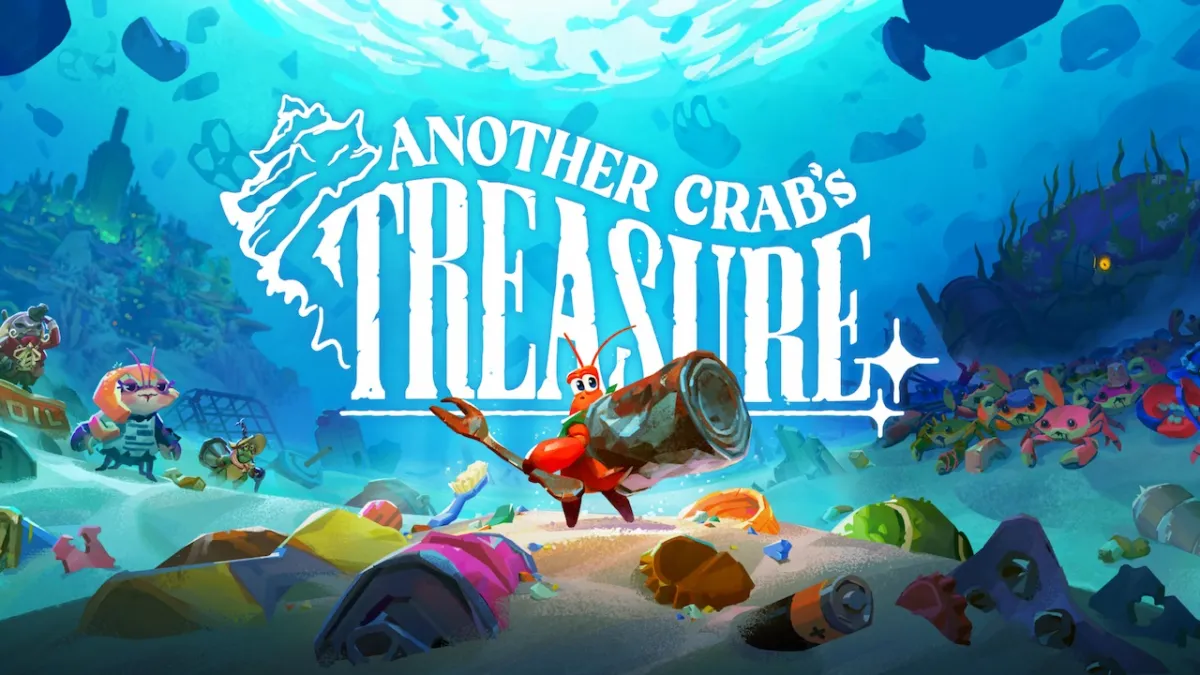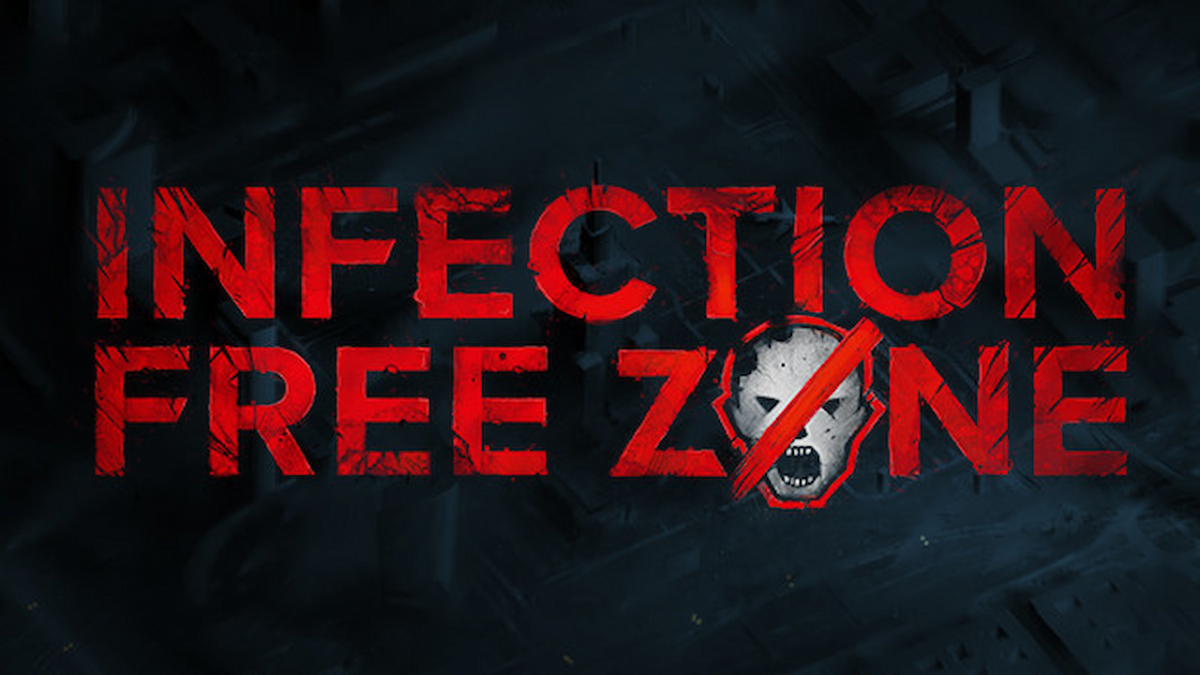It’s undeniably appealing to storm into a motel room and gun down three chatting hoodlums, especially in slow motion. When you’re flanked by a giant goon and a weasel-faced knife-wielder, and the slo-mo makes everybody’s yells sound deep and drawn-out, the effect is funny as well as fun. This kernel of action is at the heart of what makes Chicago 1930 reasonably entertaining: gathering a small band of characters and making them execute a basic tactical plan, and more often than not blowing somebody away in the name of crime or anti-crime (i.e. justice). The rest of the game, however, lags far, far behind these rare moments.
The formula of Desperadoes and Robin of Sherwood (both similar games on the PC), has been applied to the world of fedora hats, pencil-thin moustaches and speak-easies. The basic game has you gathering and equipping a team of cops or gangsters then leading them out in various missions. Your outings will involve a mix of stealth, information gathering and all-out war, and of course each one is set within the context of a story arc. You’ll either be working your way through a crime family or working the streets trying to clean them up (in a law-enforcement sense, not public hygiene).
We are seeing interesting fixes for the basic shortcomings of the isometric 3D team-tactics genre. One of the most glaring is the possibility of a click-frenzy whenever things get frantic. It’s so often a nightmare to find and click on all your troops and direct each one to a specific action: shoot HIM; pick up that Tommy-gun over there. To make things easier Chicago 1930 gives you a fob-watch that slows down time when you click it. Until time runs out you’ll see everything and everyone slow down. That’s everyone: not only the enemies but your chaps too. Whereas in other games (Max Payne, Prince of Persia) you can slow the world around you to gain the upper hand, here the time effect is aimed to help you think. It makes conducting a battle surprisingly peaceful.
The next infamous bug-bear of 3D isometric games is viewpoint manipulation – the need to be constantly at the camera controls to see what’s happening and who’s hiding behind what. This technical hurdle has been not so much jumped over as thrown to one side: in effect all control has been taken away. Beyond a basic panning around you’re limited to a fixed view-point: no swivelling, no rotating. While at times this can be frustrating it does remove all elements of fiddle and faff. At least near-side walls and doors do become translucent when something is happening behind them. It’s a definite plus that you can concentrate on playing the game and not on adjusting your view settings.
Although you, the player, can look on from above, it’s with your characters’ eyes that you must discover what is around you. This means you can quite happily waltz past a vital person whose conversation will unlock a part of the puzzle. I accept this is a convention, but it’s still clumsy. Luckily the mouse-wheel comes in handy here; a flick of the wheel spins your active character about on his heel, scanning on the spot like some little fleshy radar.
A lot of weight is given to conversations, but really they’re equivalent to finding keys. Moving along in the story and solving the puzzle can simply be a case of talking to the right people in the right order. You’ll often find that a completely silent bystander will give you a crucial clue only after you’ve done something else. That “something else” may not always be clear, so prepare for a good amount of wandering about covering the same ground.
What freedom there is comes from tactical decisions in the field: avoiding combat where possible; deciding how loud or messy to be when fighting; whether to bribe innocent bystanders or knock them out first. Just like in Robin of Sherwood, avoiding collateral damage (in the form of casual onlookers killed) will help your popularity rating. In fact there are often restrictions along the line of “no civilians must be killed”. When breaking the law there are plenty of these film extras to get in the way and perhaps witness your crimes. When this happens you can either knock ’em out and truss them up or instead bribe them to keep schtumm.
It doesn’t matter if your team members snuff it in the line of duty – only your hero protagonist has to stay alive. His death or arrest will mean mission and campaign over.
There are moments of high comedy, although whether these are intentional is a tricky question. For example, my four fellow thugs and I were hiding in a toilet cubicle, biding our time. A restaurant customer walked in – a lady. Undeterred by us big tough guys crowding around the porcelain throne, the svelte redhead opened our cubicle door, shouldered past and had a sit-down. Job done, she primly stood up and left.
If you’re tired of crime you can choose a good-guy campaign, impersonating an Elliott Ness-type official (he’s called Edward Nash, a clear allusion to the famous cop). Getting the chance to fight on both sides of the law means Chicago 1930 offers good enough longevity. It’s in the story that the two campaigns differ; otherwise they’re pretty similar apart from slightly different priorities and equipment (e.g. hand-cuffs for the cops and truss-rope for the gangsters).
No evocation of the 1930s would be complete without a suitable jazz soundtrack. What we have here is not quite that, but thin trumpets, piano, double-bass and strings working over a rapid-fire percussion to enhance the mood. It works for a while, but the samples are few and short, so prepare to listen to the same tunes many times over.
Rough spots can be found in the post-mission summary screens, which are incredibly poor renderings of “Extra! Extra!”-style newspapers. This basic element of all the Jimmy Cagney films and gangster movies of yore is brought back here in an offensively basic form. The jagged fonts and poor overlay of dynamic text (the headline) with background graphic (the newspaper) are less than primitive; they’re criminal.
Other less-than savoury bits include save games that have handy preview pictures only in the save screen but not in the load screen; choosing your name at the start of a campaign only to be a*igned the default character name anyway; a menu interface that’s quite crude and bare. None of these things on their own amount to critical problems, but the overall effect is one of a lack of polish, and perhaps a bit of a rushed job.
A cold hard look at Chicago 1930 reveals not much more than the previous two games in this series, but wearing a different hat. Where some might find horses and saloons (Desperadoes) or peasants and archers (Robin of Sherwood) more to their taste, I found this setting the easiest to play in the series. While there’s no harm in elaborating on a proven formula, however, the formula itself can get pretty boring.
No amount of wise-guy quipping and cigar-chomping moodiness can disguise the basic truth: although it has a richly evoked setting and nuggets of engaging action, Chicago 1930 is a run-of-the mill tactical game.



